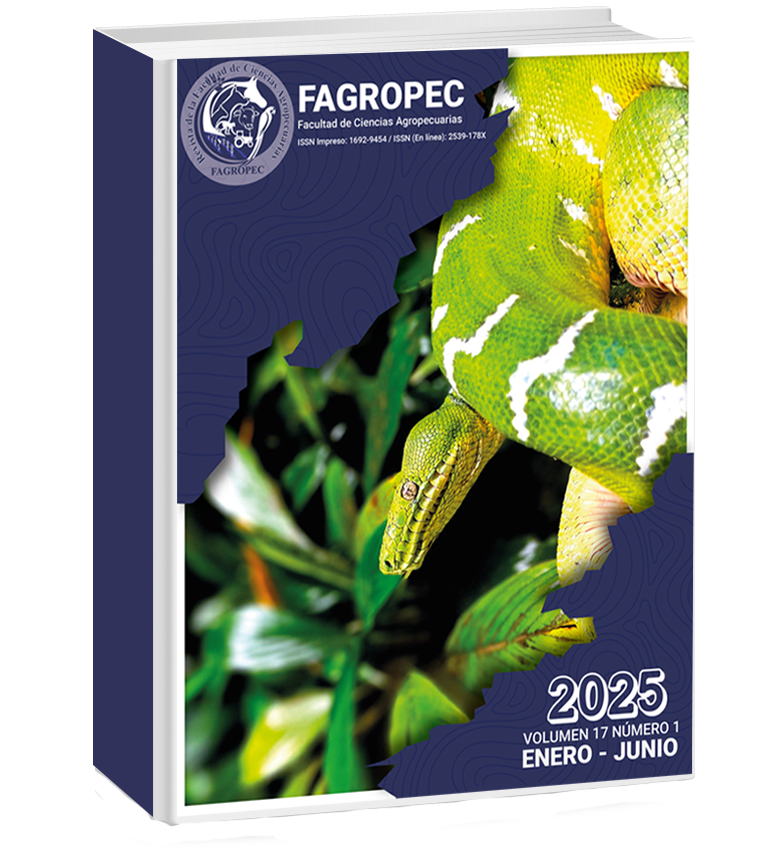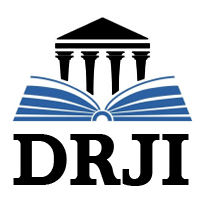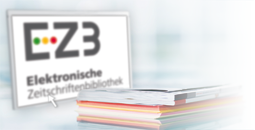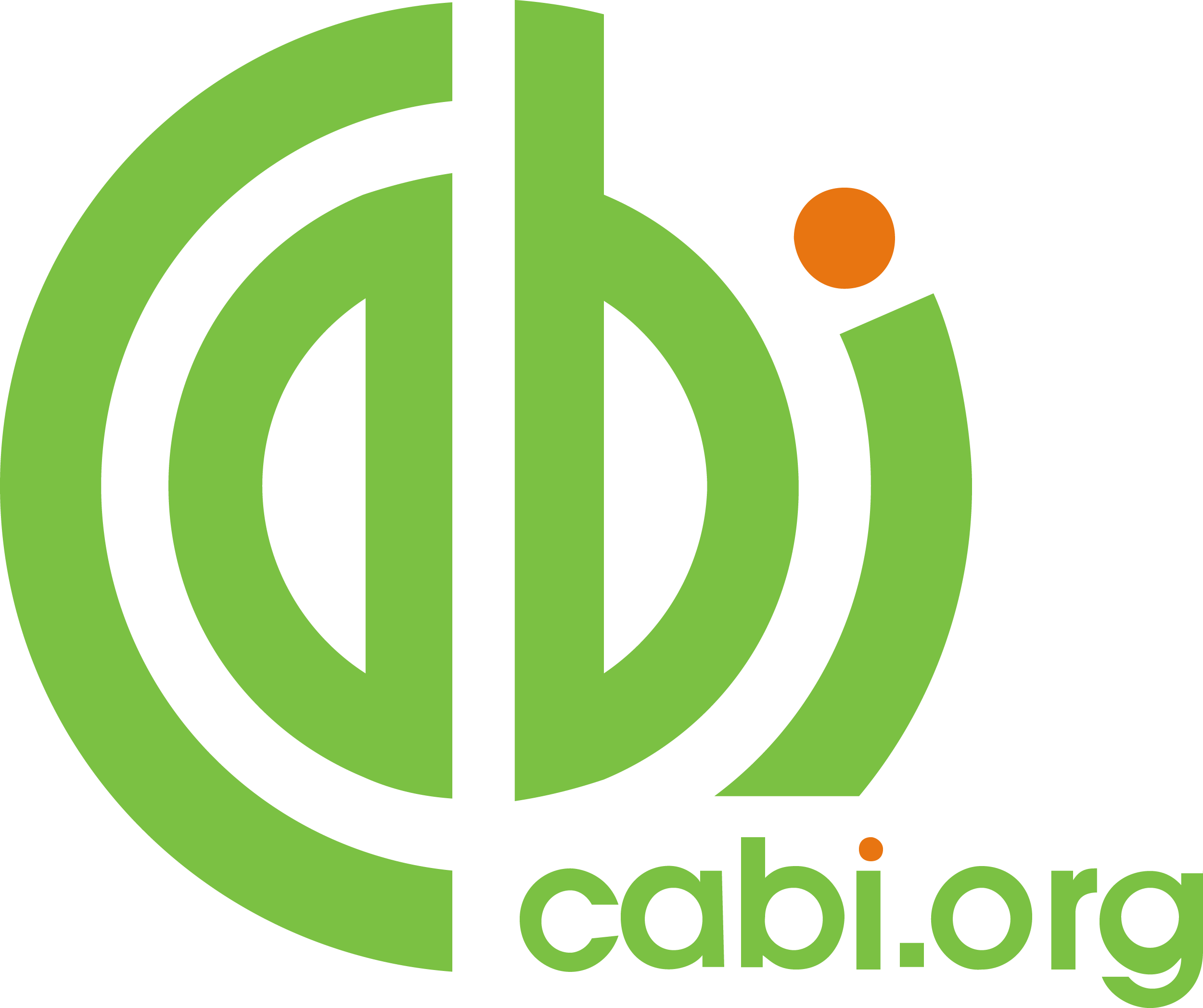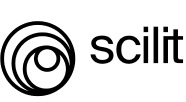Aplicación de la metodología de superficie de respuesta en la cuantificación de cadmio en cacao de los departamentos de Caquetá y Santander por voltamperometría de redisolución anódica
DOI :
https://doi.org/10.47847/fagropec.v17n1a3Mots-clés :
Box-Behnken, compuesto central , película de bismutoRésumé
Se estudió el comportamiento electroquímico del ion bismuto (Bi3+) en electrodos de carbón vitreo (GC) y oro (Au) por voltamperometría cíclica (CV). Para ambos electrodos el proceso redox del ion Bi3+ es cuasireversible, con una potencial de pico catódico 0,10 V y -0,16 V para reducción de Bi3+ a Bi0 sobre los electrodos de Au y GC, respectivamente. Para el electrodo de GC la relación de corriente de pico (Ipa/Ipc) es cuatro veces mayor con respecto electrodo Au en ácido clorhídrico (HCl) 0,1 M. Además, se realizaron un diseño Box-Behnken y compuesto central para optimizar la película de bismuto sobre GC y parámetros electroanalíticos por voltamperometría de redisolución anódica de pulso diferencial (DPASV) para la determinación de cadmio (Cd2+). Se evaluó la influencia de [Bi3+], Edepósito y tdepósito para la película de bismuto, y Epulso y tpulso para los parámetros electroanalíticos. Los parámetros optimizados fueron [Bi3+]= 5 mg/L, Edepósito= -1100 mV, tdepósito= 650 s, Epulso= 160 mV y tpulso= 20 ms. Bajo la combinación óptima de parámetros se realizó una curva de calibración en un rango de concentraciones de 0,05 a 0,4 mg/L con un límite de detección (LOD) y cuantificación (LOQ) de 0,032 y 0,099 mg/L. El procedimiento analítico propuesto se aplicó para cuantificar Cd2+ en muestras de semilla de cacao de los departamentos de Caquetá y Santander, y fue comparado por espectroscopia de absorción atómica (AAS) con resultados satisfactorios.
Téléchargements
Références
Sousa Filho, H. R., de Jesus, R. M., Bezerra, M. A., Santana, G. M. & de Santana, R. O. History, dissemination, and field control strategies of cocoa witches’ broom. Plant Pathol 70, 1971–1978 (2021).
Beg, M. S., Ahmad, S., Jan, K. & Bashir, K. Status, supply chain and processing of cocoa - A review. Trends Food Sci Technol 66, 108–116 (2017).
Parra-Paitan, C., zu Ermgassen, E. K. H. J., Meyfroidt, P. & Verburg, P. H. Large gaps in voluntary sustainability commitments covering the global cocoa trade. Global Environmental Change 81, 1–15 (2023).
Cadena de Cacao. Ministerio de Agricultura y Desarrollo Rural 27 Preprint at https://sioc.minagricultura.gov.co/Cacao/Documentos/2021-03-31 Cifras Sectoriales.pdf (2021).
Gobernación del Caquetá. Plan de desarrollo departamental 2020 - 2023. Pacto social por el desarrollo de nuestra región. Plan de desarrollo departamental del Caquetá. 1–171 Preprint at (2020).
Guarin, D. et al. Cadmium contamination in cacao farms of Piura, North Peru: A comprehensive assessment of geogenic and anthropogenic sources and implications for future production. Environmental Challenges 1–20 (2023) doi:https://doi.org/10.1016/j.envc.2023.100765.
Kubier, A., Wilkin, R. T. & Pichler, T. Cadmium in soils and groundwater: A review. Applied Geochemistry 108, 1–16 (2019).
Balali-Mood, M., Naseri, K., Tahergorabi, Z., Khazdair, M. R. & Sadeghi, M. Toxic Mechanisms of Five Heavy Metals: Mercury, Lead, Chromium, Cadmium, and Arsenic. Frontiers in Pharmacology vol. 12 1–19 Preprint at https://doi.org/10.3389/fphar.2021.643972 (2021).
Liu, X., Cai, Y., Ni, P., Liu, B. & Tang, X. The Effect of Atmospheric Carbon Dioxide Concentration on the Growth and Chlorophyll Fluorescence Characteristics of Hazelnut Leaves under Cadmium Stress. Forests 14, 1–16 (2023).
Haider, F. U. et al. Cadmium toxicity in plants: Impacts and remediation strategies. Ecotoxicol Environ Saf 211, 1–22 (2021).
Waheed, A. et al. Impact of Cadmium Stress on Growth and Physio-Biochemical Attributes of Eruca sativa Mill. Plants 11, 1–14 (2022).
Rosales-Huamani, J. A. et al. Study to Determine Levels of Cadmium in Cocoa Crops Applied to Inland Areas of Peru: “The Case of the Campo Verde-Honoria Tournavista Corridor”. Agronomy 10, 1–14 (2020).
Wade, J. et al. Drivers of cadmium accumulation in Theobroma cacao L. beans: A quantitative synthesis of soil-plant relationships across the Cacao Belt. PLoS One 17, 1–18 (2022).
Barati, E. et al. An investigation of zinc isotope fractionation in cacao (Theobroma cacao L.) and comparison of zinc and cadmium isotope compositions in hydroponic plant systems under high cadmium stress. Sci Rep 13, 1–12 (2023).
Biswas, A., Pal, S. & Paul, S. Silicon as a powerful element for mitigation of cadmium stress in rice: A review for global food safety. Plant Stress 1–20 (2023) doi:https://doi.org/10.1016/j.stress.2023.100237.
Castro-Bedriñana, J. et al. Lead, Cadmium, and Arsenic in Raw Cow’s Milk in a Central Andean Area and Risks for the Peruvian Populations. Toxics 11, 1–15 (2023).
Mishra, S., Singh, G., Gupta, A. & Tiwari, R. K. Heavy Metal/Metalloid Contamination: Their Sources in Environment and Accumulation in Food Chain. in Heavy Metal Toxicity: Environmental Concerns, Remediation and Opportunities (eds. Singh, R. P., Singh, P. & Srivastava, A.) 19–47 (Springer Nature Singapore, Singapore, 2023). doi:10.1007/978-981-99-0397-9_2.
Suhani, I., Sahab, S., Srivastava, V. & Singh, R. P. Impact of cadmium pollution on food safety and human health. Curr Opin Toxicol 27, 1–7 (2021).
Ma, Y., Ran, D., Shi, X., Zhao, H. & Liu, Z. Cadmium toxicity: A role in bone cell function and teeth development. Science of The Total Environment 769, 1–9 (2021).
Branca, J. J. V et al. Cadmium-Induced Oxidative Stress: Focus on the Central Nervous System. Antioxidants 9, 1–20 (2020).
Al-Saleh, I. Health Risk Assessment of Trace Metals Through Breast Milk Consumption in Saudi Arabia. Biol Trace Elem Res 199, 4535–4545 (2021).
Ebrahimi, M. et al. Effects of lead and cadmium on the immune system and cancer progression. Journal of Environmental Health Science and Engineering vol. 18 335–343 Preprint at https://doi.org/10.1007/s40201-020-00455-2 (2020).
Reglamento (UE) No 488/2014, Comisión Europea. EFSA Journal vol. 9 75–79 (Wiley-Blackwell Publishing Ltd, 2011).
Rodríguez Giraldo, Y., Rodriguez Sánchez, E., Torres, L. G., Montenegro, A. C. & Pichimata, M. A. Development of validation methods to determine cadmium in cocoa almond from the beans by ICP-MS and ICP-OES. Talanta Open 5, 1–6 (2022).
Araujo-Abad, S., Tapia, W. & Villamarín-Ortiz, A. Verification of the atomic absorption spectroscopy with graphite furnace analytical method for the quantification of cadmium in cocoa almonds (Theobroma cacao). La Granja: Revista de Ciencias de la Vida 31, 59–73 (2020).
Mohamed, R., Zainudin, B. H. & Yaakob, A. S. Method validation and determination of heavy metals in cocoa beans and cocoa products by microwave assisted digestion technique with inductively coupled plasma mass spectrometry. Food Chem 303, 1–6 (2020).
Förste, F. et al. Quantitative Analysis and 2D/3D Elemental Imaging of Cocoa Beans Using X-ray Fluorescence Techniques. Anal Chem 95, 5627–5634 (2023).
He, Q. et al. Research on the construction of portable electrochemical sensors for environmental compounds quality monitoring. Mater Today Adv 17, 1–17 (2023).
Baranwal, J., Barse, B., Gatto, G., Broncova, G. & Kumar, A. Electrochemical Sensors and Their Applications: A Review. Chemosensors 10, 1–22 (2022).
Hassan, M. H., Khan, R. & Andreescu, S. Advances in electrochemical detection methods for measuring contaminants of emerging concerns. Electrochemical Science Advances 2, 1–15 (2022).
Tesfaw, B., Mehretie, S. & Admassie, S. Quantification of lead in cooking utensils and vegetables using square wave anodic stripping voltammetry. Heliyon 4, 1–14 (2018).
Alghamdi, A. H. Applications of stripping voltammetric techniques in food analysis. Arabian Journal of Chemistry 3, 1–7 (2010).
Giacomino, A. et al. Anodic stripping voltammetry with gold electrodes as an alternative method for the routine determination of mercury in fish. Comparison with spectroscopic approaches. Food Chem 221, 737–745 (2017).
Lee Ying-Hui and Hu, C.-C. Mercury Drop Electrodes. in Encyclopedia of Applied Electrochemistry (ed. Kreysa Gerhard and Ota, K. and S. R. F.) 1233–1240 (Springer New York, New York, NY, 2014). doi:10.1007/978-1-4419-6996-5_68.
Wygant, B. R. & Lambert, T. N. Thin Film Electrodes for Anodic Stripping Voltammetry: A Mini-Review. Frontiers in Chemistry vol. 9 1–8 Preprint at https://doi.org/10.3389/fchem.2021.809535 (2022).
Economou, A. & Fielden, P. R. Mercury film electrodes: Developments, trends and potentialities for electroanalysis. Analyst 2, 814–815 (2003).
Keramari, V., Karastogianni, S. & Girousi, S. New Prospects in the Electroanalysis of Heavy Metal Ions (Cd, Pb, Zn, Cu): Development and Application of Novel Electrode Surfaces. Methods and Protocols vol. 6 1–15 Preprint at https://doi.org/10.3390/mps6040060 (2023).
Da Silva Santos, F. et al. Review—Recent Advances of Electrochemical Techniques in Food, Energy, Environment, and Forensic Applications. ECS Sensors Plus 1, 1–13 (2022).
Szpisják-Gulyás, N. et al. Methods for experimental design, central composite design and the Box–Behnken design, to optimise operational parameters: A review. Acta Alimentaria vol. 52 Preprint at https://doi.org/10.1556/066.2023.00235 (2023).
Zhao, G., Wang, H., Liu, G. & Wang, Z. Box-Behnken response surface design for the optimization of electrochemical detection of cadmium by Square Wave Anodic Stripping Voltammetry on bismuth film/glassy carbon electrode. Sens Actuators B Chem 235, (2016).
Tarley, C. R. T. et al. Chemometric tools in electroanalytical chemistry: Methods for optimization based on factorial design and response surface methodology. Microchemical Journal vol. 92 Preprint at https://doi.org/10.1016/j.microc.2009.02.002 (2009).
Dobrowolska-Iwanek, J. et al. Determination of Essential Minerals and Trace Elements in Edible Sprouts from Different Botanical Families—Application of Chemometric Analysis. Foods 11, 1–13 (2022).
Uskoković, V. A historical review of glassy carbon: Synthesis, structure, properties and applications. Carbon Trends 5, 100116 (2021).
Zamani, M., Klapperich, C. M. & Furst, A. L. Recent advances in gold electrode fabrication for low-resource setting biosensing. Lab Chip 23, 1410–1419 (2023).
Du, X. et al. Preparation of bismuth film-modified gold electrodes for the determination of trace level of heavy metals in vegetables. Sens Lett 5, 1–6 (2007).
Shen, Y., Zhang, H., Cao, H., Wu, L. & Zheng, G. Efficient extraction of bismuth from hydrochloric acid solution by copper powder. Hydrometallurgy 189, 1–8 (2019).
V, C., G., V., M., S., R., H. & K., S. Fabrication of Arsenic (III) Nano Sensor After Optimising by Glassy Carbon Electrode. in 2022 International Conference on Computer, Power and Communications (ICCPC) 179–186 (2022). doi:10.1109/ICCPC55978.2022.10072293.
Welch, C. M. & Compton, R. G. The use of nanoparticles in electroanalysis: A review. Analytical and Bioanalytical Chemistry vol. 384 Preprint at https://doi.org/10.1007/s00216-005-0230-3 (2006).
Kilani, M. et al. Toward Precision Deposition of Conductive Charge-Transfer Complex Crystals Using Nanoelectrochemistry. Small Methods 7, (2023).
Lee, S., Park, S. K., Choi, E. & Piao, Y. Voltammetric determination of trace heavy metals using an electrochemically deposited graphene/bismuth nanocomposite film-modified glassy carbon electrode. Journal of Electroanalytical Chemistry 766, (2016).
Lin, C. H., Li, P. H., Yang, M., Ye, J. J. & Huang, X. J. Metal Replacement Causing Interference in Stripping Analysis of Multiple Heavy Metal Analytes: Kinetic Study on Cd(II) and Cu(II) Electroanalysis via Experiment and Simulation. Anal Chem 91, (2019).
Suárez, L. R., Suárez Salazar, J. C., Casanoves, F. & Ngo Bieng, M. A. Cacao agroforestry systems improve soil fertility: Comparison of soil properties between forest, cacao agroforestry systems, and pasture in the Colombian Amazon. Agric Ecosyst Environ 314, 107349 (2021).
Salazar, J. C. S. et al. Photosynthesis limitations in cacao leaves under different agroforestry systems in the Colombian Amazon. PLoS One 13, e0206149 (2018).
Joya-Barrero, V., Pearse, J. & Huguet, C. Natural and Anthropogenic Sources of Cadmium in Cacao Crop Soils in Santander, Colombia. (2021) doi:10.21203/rs.3.rs-1055771/v1.
Téléchargements
Publiée
Numéro
Rubrique
Licence

Ce travail est disponible sous licence Creative Commons Attribution - Pas d’Utilisation Commerciale - Partage dans les Mêmes Conditions 4.0 International.

